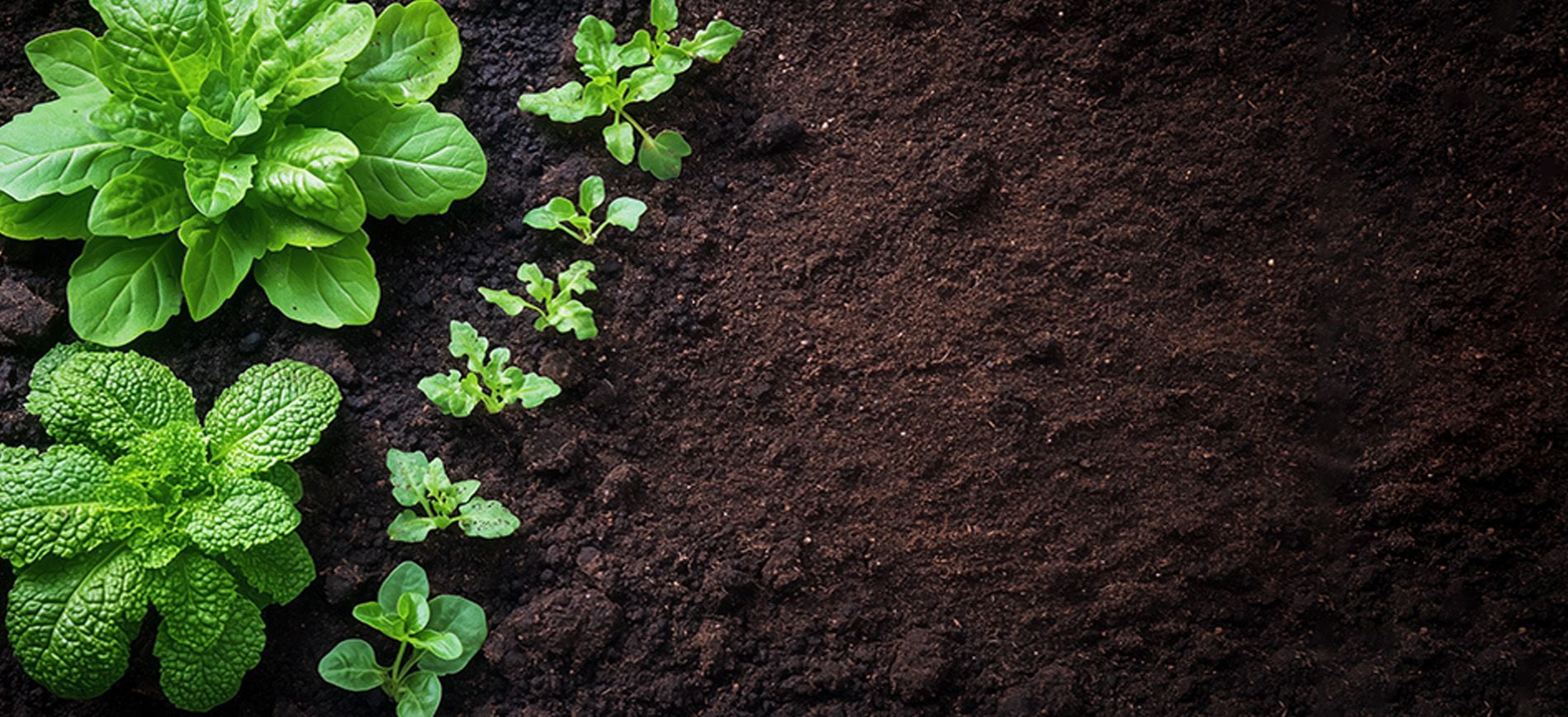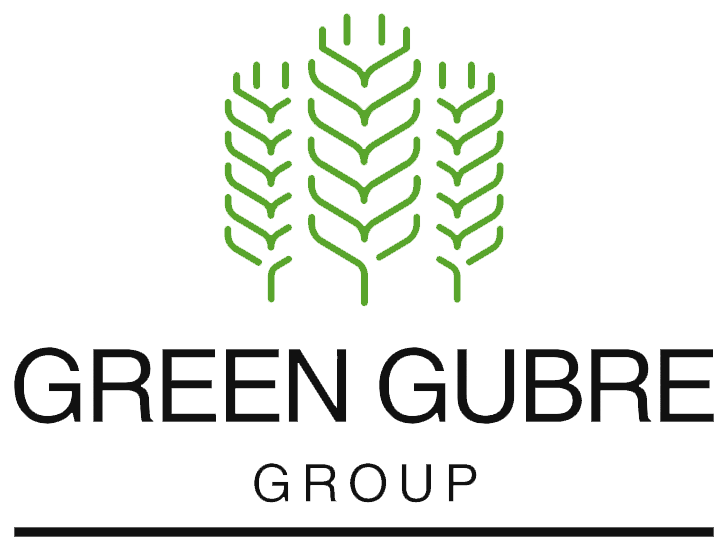The Future of Urea in Agriculture
Author name
The Future of Urea in Agriculture: Innovations and Trends
- The future of urea in agriculture looks promising, with ongoing innovations and trends shaping its use. In this blog post, we'll explore the technological advancements, sustainable practices, market trends, and research developments driving urea fertilizers' future.
- Technological Advancements:
Enhanced Efficiency Fertilizers: The development of enhanced efficiency fertilizers (EEFs) is revolutionizing the use of urea in agriculture. These fertilizers improve nitrogen use efficiency, reduce losses, and enhance crop performance.
Nanotechnology: The application of nanotechnology in urea fertilizers is another significant advancement. Nanotechnology improves urea delivery and effectiveness, ensuring plants receive nutrients more efficiently.
- Sustainable Practices:
Precision Agriculture: The adoption of precision agriculture techniques is helping farmers apply urea more efficiently. By using GPS and data analytics, farmers can apply the right amount of fertilizer at the right time, reducing waste and environmental impact.
Integration of Organic and Inorganic Fertilizers: Combining organic and inorganic fertilizers, including urea, can improve soil health and fertility. This integrated approach promotes sustainable farming practices and enhances crop yields. - Market Trends:
Increasing Demand for High-Yield Crops: As the global population grows, there is an increasing demand for high-yield crops. Urea fertilizers play a crucial role in meeting this demand by providing essential nutrients that boost crop production.
Growth in the Global Urea Market: The global urea market is experiencing significant growth. This trend is driven by the increasing adoption of urea fertilizers in various agricultural practices to enhance crop yields and improve food security.
- Research and Development:
Efficient and Environmentally Friendly Urea Fertilizers: Ongoing research is focused on developing more efficient and environmentally friendly urea fertilizers. Innovations such as slow-release formulations and coatings are being explored to minimize nitrogen losses and environmental impact.
Collaboration Between Industry and Academia: Collaboration between industry and academia is driving innovation in urea fertilizer technology. These partnerships are essential for developing new solutions that address the challenges faced by modern agriculture.
The future of urea in agriculture is bright, with innovations and trends poised to enhance its effectiveness and sustainability. By embracing technological advancements, sustainable practices, and ongoing research, the agricultural industry can continue to benefit from the critical role that urea fertilizers play in promoting healthy crop growth and ensuring food security.




